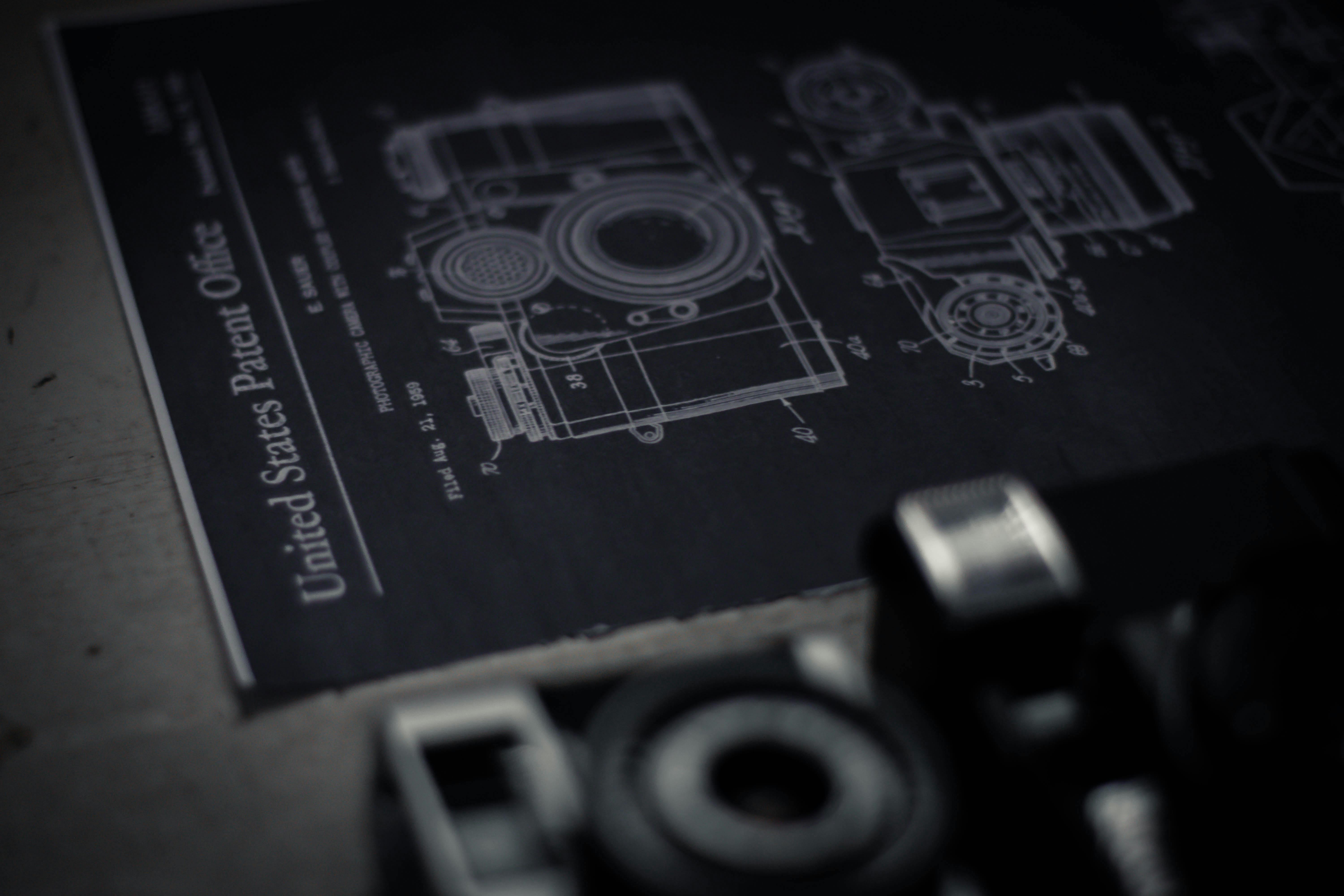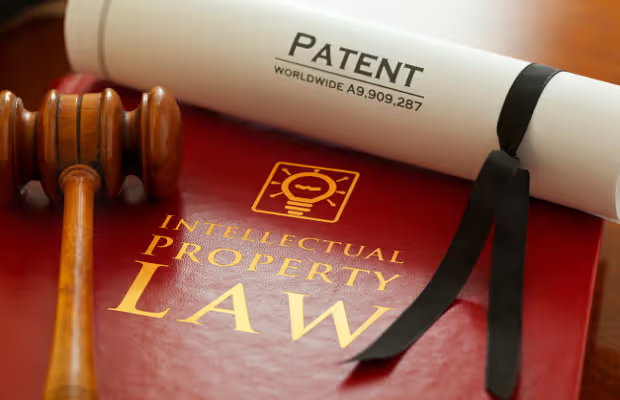
Which AI Tools Are Best for Patent Quality Improvement?


Navigating patent litigation strategy can be a daunting task for R&D and innovation teams. Patent infringement lawsuits often involve complex legal proceedings, with many steps to ensure the success of your case. Preparing for potential disputes requires strategic foresight in order to develop an effective patent litigation strategy that will protect your business interests.
This article covers the fundamentals of what you need to know about patent litigation strategies including:
With these insights into developing a strong patent litigation strategy, you’ll have all the knowledge necessary when navigating through any future disputes involving intellectual property rights.
Table of Contents
Preparing for Patent Litigation
Filing a Lawsuit for Patent Infringement
The Discovery Process in Patent Litigation
Trial Preparation and Resolution in Patent Litigation
Pre-Trial Motions and Markman Hearings
Jury Selection and Trial Proper
Verdict and Post-Trial Motions
FAQs About Patent Litigation Strategy
What is meant by patent litigation?
Are patents subject to litigation?
Is patent prosecution considered litigation?
Where are patent cases litigated?
Patent litigation is a legal process used to protect and enforce patent rights. It involves filing a lawsuit against an infringer who has allegedly violated the patent holder’s exclusive right to make, use or sell the patented invention. Patent litigation can be divided into two main types: infringement actions and validity actions.
Infringement actions involve claims that another party has made, used, or sold a product without permission from the patent holder. In these cases, the court will determine whether there was an actual violation of the patent rights and if so, what remedies should be granted to compensate for any losses suffered by the plaintiff as a result of such infringement.
Validity actions are brought when one party challenges another’s claim of ownership over a particular invention or technology. The court will decide whether or not the challenged patent is valid based on its merits and evidence presented in court.
Don’t get caught in a patent pickle! Make sure you have the right strategy for litigation to protect your inventions and technologies. #PatentLitigationStrategy #Innovation Click to Tweet
Preparing for patent litigation is an important step in protecting your intellectual property. It requires understanding your patents and rights, researching the opposing party’s patents and rights, and developing a strategy for a successful outcome.
Before filing a lawsuit or responding to one, it is important to understand what you are claiming ownership of. This includes reviewing all relevant documents such as patent applications, assignment agreements, and licenses to ensure that you have the right to enforce any claims of infringement.
Additionally, familiarizing yourself with the scope of protection afforded by each patent can help identify potential infringers more quickly.
Once you have identified potential infringers or had been served with a complaint alleging infringement, conduct research on your own intellectual property portfolio. This will provide insight into their defenses against your claim or any counterclaims they may bring against you.
Key Takeaway: Patent litigation requires a thorough understanding of your own patents and rights, as well as research into the opposing party’s intellectual property portfolio.
Before filing, it’s important to understand the jurisdiction and venue of the case. Jurisdiction refers to which court will hear the case, while the venue is where the trial will take place.
Generally, you can file a lawsuit in either federal or state court depending on where the defendant resides or does business.
Once you have determined jurisdiction and venue, you must draft a complaint that outlines all of your claims against the defendant. The complaint should include information about who owns each patent at issue as well as any other relevant facts related to infringement allegations.
After drafting your complaint, it must be served on the defendant by someone over 18 years old who is not involved in litigation (e.g., sheriff).
When responding to counterclaims during litigation proceedings, it is important to remember that they may challenge various aspects of your patents such as validity or enforceability. To successfully defend against these challenges, you must provide evidence that supports your claims regarding ownership and infringement allegations outlined in your original complaint.
If necessary, seek legal advice from experienced attorneys familiar with patent law before proceeding with any action related to defending yourself against counterclaims.
Protect your intellectual property with a patent litigation strategy! Before filing, know the jurisdiction and venue. Serve the defendant and be prepared to defend against counterclaims or defenses. #patentlaw #litigationstrategy Click to Tweet
Discovery in patent litigation is a crucial part of the legal process. It involves document requests, interrogatories, depositions, expert witnesses, and motion practice.
Document requests are formal written requests for documents that are relevant to the case at hand. These can include any information related to the patents or rights being litigated upon such as contracts, emails, financial records, and more.
Interrogatories are questions posed by one party to another that must be answered under oath.
Depositions involve sworn testimony from witnesses who have knowledge of the facts surrounding the case and provide evidence for either side’s argument.
Obtaining expert witnesses is an important step in patent litigation as they provide expertise on specific topics related to the case which can help determine liability or damages awarded in a lawsuit. They may also be used during deposition proceedings where their opinion can be challenged by opposing counsel if necessary.

(Source)
Pre-trial motions are filed before the trial begins, typically to address procedural issues or to narrow the scope of evidence that will be presented.
A Markman hearing is a type of pre-trial motion in which a judge reviews the patent claims at issue and determines how they should be interpreted. This helps ensure that both parties understand what is being disputed in the case.
Jury selection involves selecting jurors who can make impartial decisions based on the facts presented during trial proceedings.
The opening statement outlines each party’s position in relation to their legal arguments and provides an overview of what evidence will be presented during the trial.
Evidence presentation includes witness testimony as well as documents such as contracts or emails that support either side’s argument.
During closing arguments, attorneys summarize their respective cases by highlighting key points from the evidence presented throughout trial proceedings.
After all of the evidence has been heard and closing statements have been made by both sides’ attorneys, it is up to jurors to decide whether one party has infringed upon another’s patent rights or not.
If infringement is found then damages may also be awarded depending on jurisdiction laws regarding patent litigation cases.
Following a verdict, there may still be post-trial motions such as requests for new trials or appeals filed by either side if they feel that justice was not served properly during initial proceedings.
Key Takeaway: Patent litigation strategy involves several steps, including pre-trial motions and Markman hearings, jury selection, evidence presentation, closing arguments, and post-trial motions if necessary.
Patent litigation is the legal process by which the owner of a patented product can sue someone for manufacturing and selling it without the owner’s permission.
Patents, which are granted by a governmental agency, are enforced by the private efforts of their holders. If the owner of a patented invention feels that another entity is violating its rights, it may file a lawsuit for infringement in a U.S. district court.
The process of filing and pursuing a US patent application with the patent office is commonly known as patent prosecution. This process is not the same as patent litigation which is the process of enforcing a patent in court.
All patent litigation occurs either in federal district courts or in the International Trade Commission.
In patent litigation in federal district courts, the patent owner can seek an injunction, basic economic, potentially enhanced damages, and attorneys’ fees.
Patent litigation is a complex process that requires careful preparation and strategic thinking. A comprehensive patent litigation strategy should be developed to ensure the best possible outcome for your business.
It is important to understand the various steps involved in patent litigation, such as filing a lawsuit for infringement and preparing for discovery and trial resolution. By taking the time to develop an effective patent litigation strategy, you can protect your intellectual property rights while also avoiding costly legal disputes.
Are you an R&D or innovation team looking to better understand and navigate the complexities of patent litigation? Cypris provides a comprehensive research platform that centralizes all relevant data sources into one location, giving teams access to rapid insights.
Streamline your process with our innovative tools today – let us help you make informed decisions about patent litigation strategies quickly and easily!